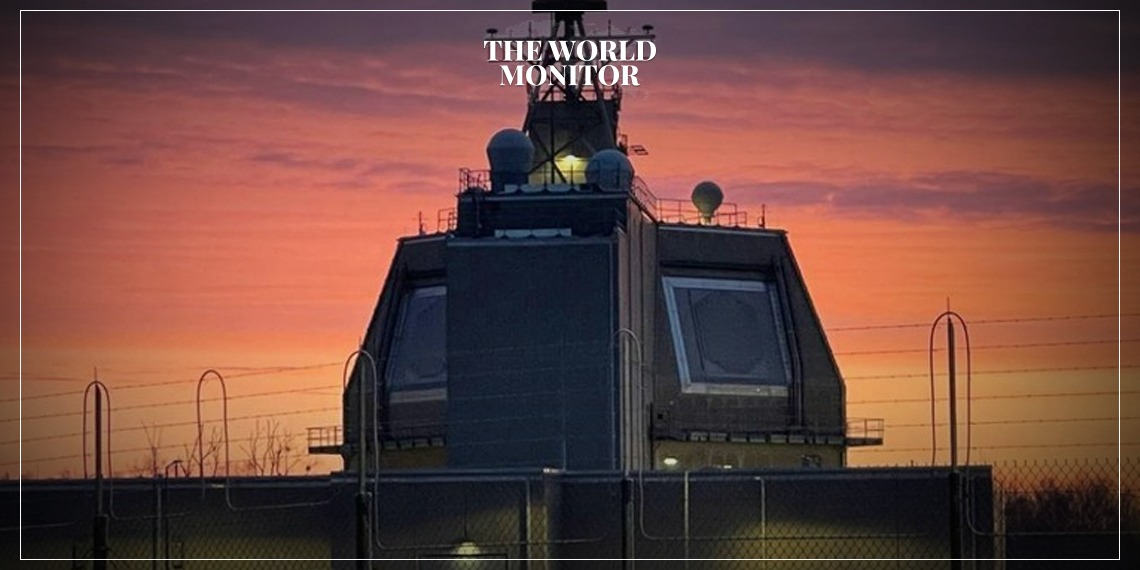A new U.S. ballistic missile defense site in Redzikowo, Poland, known as “Aegis Ashore,” is now operational, enhancing the Alliance’s defense capabilities.
This site is part of NATO’s broader missile shield, designed to detect, track, and intercept ballistic missiles in flight.
NATO Secretary General Jens Stoltenberg emphasized the significance of this development for transatlantic security, highlighting the increasing threat of ballistic missiles used in conflicts in Ukraine and the Middle East.
He noted that missile defense is a crucial element of NATO’s collective defense strategy.
NATO’s Ballistic Missile Defence system detects missile attacks and uses radar data to guide interceptors to destroy the threats.
The Redzikowo site is capable of defending against short-to-intermediate range ballistic missiles.
Aegis Ashore is an essential part of NATO’s Ballistic Missile Defence “Enhanced Operational Capability,” declared at the Washington Summit.
The mission of NATO’s Ballistic Missile Defence is to protect European populations, territory, and forces from the growing threat of ballistic missiles. Key components of NATO’s missile shield include two U.S. Aegis Ashore sites in Poland and Romania, U.S. Navy destroyers based in Rota, Spain, and an early-warning radar in Kurecik, Türkiye.
Aegis Ashore is strictly defensive, with about 200 military personnel stationed at the interceptor sites in Poland and Romania. The site in Deveselu, Romania, has been operational since 2016.
NATO will need an additional 35 to 50 brigades to fully implement its new defense strategies against potential Russian aggression, a military source disclosed to Reuters.
The source, who spoke anonymously, did not provide further specifics, as the plans are classified.
Each brigade comprises 3,000 to 7,000 troops, making the creation of 35 to 50 new units a formidable task.






